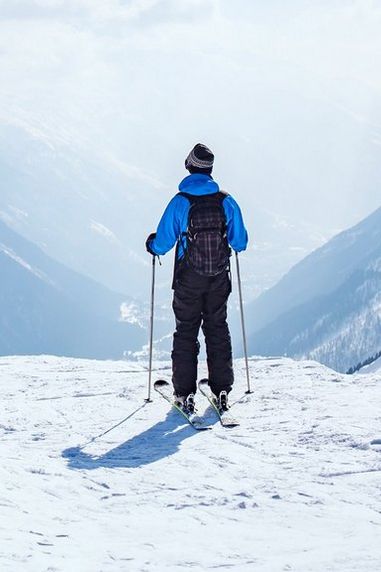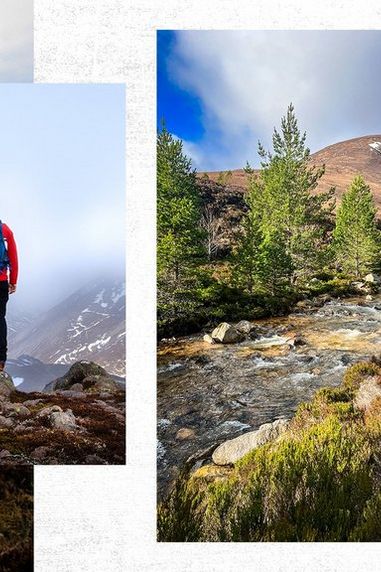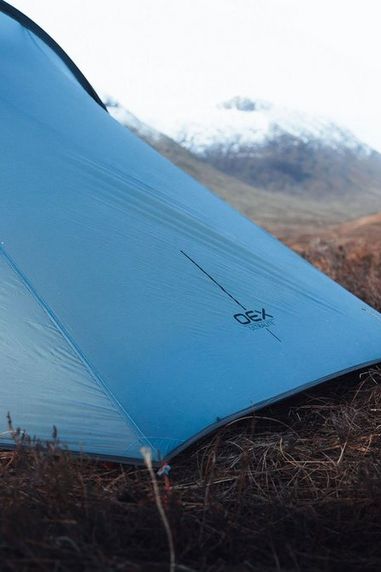Setting out on multi-day backpacking hike is arguably one of the purest outdoor adventures you can have. Only packing the essentials in your rucksack, and being entirely self-sufficient. To help you plan, we have created a handy checklist of items you should consider bringing with you on your adventure.
The first thing to consider is the weather. What season are you going to be heading out in? Is it going to be wet? Cold? Or really hot? We have included additions that you should have if the weather is looking to be rainy and cold. You should also consider how remote your hike is going to be. If you are going to be far away from populated areas you should consider bringing some extra food, water and clothing just in case.
The Essentials |
Sleeping |
Food and Water |
Cooking |
Navigation |
Personal Items |
Hygiene |
First Aid |
|
|
Clothing and Footwear |
Few Extras |
|

The Essentials
Here are items that you should always have in your rucksack when setting off on any long hike.
- Rucksack – Between 40 to 60 litres depending on the length of time you plan on being out for.
- Navigation – Map & compass at a minimum, GPS device
- Headtorch
- Sun protection
- First aid
- Multi-tool
- Shelter – This is could be a tent if your planning on being out for multiple days or an emergency bivy
- Extra food
- Extra water
- Spare clothes
Sleeping
This list includes everything you should consider for a good night’s rest.
- Backpacking Tent – Bring one depending on your group size, if more than 1 person be sure to split the parts of the tent between yourselves to even the weight
- Sleeping bag – Make sure you have a sleeping bag that has comfort temperature close to the temperature you expect to be in at night. We have a Sleeping Bag Guide to help you decide what the right sleeping bag for your hike could be.
- Sleeping mat
Optional extras
- Pillow – This could either be a bundle of clothes or a lightweight inflatable pillow
- Lantern
- Sleeping bag liner
Cooking
Here are the essentials for cooking when backpacking to keep you fed, feeling warm and energised throughout your adventure.
- Stove – you want to look for lightweight stoves with great packability
- Fuel
- Cooking set – Pot, pans etc. We have a range of cooking sets that will stack neatly together for great packability
- Plate and bowl
- Eating utensils
- Mug and Cup
- Soap and sponge
- Collapsible water container
Food and Water
When planning your food, you should consider how many days and then add an extra day of food just in case. When walking it good to consider eating food that’s easy to eat when on the move such as energy bars, nuts, fruit. For lunch and dinner consider foods that are substantial and have varied nutrition value try to ensure you get enough salt in your diet to help your body absorb water easier.
For water consider your availability to water sources along your route if it’s frequent you can carry smaller water carriers and fill up frequently which will keep your pack weight low but if you are far from water sources and should consider larger water containers to keep you hydrated. As guidance, a person should consume roughly 500ml per hour when doing moderate exercise in warm temperatures. But we all different and you should consider what you need personally to prevent dehydration.
- Water bottle or reservoirs – consider how much water you can carry and how much you need for evenings and between water sources
- Water purification – For when you need to refill
- Meals – Camping food otherwise known as freeze dried food is recommended it will pack down and is easy to cook whilst providing minimal mess
- Energy food – Bars, nuts, gels, isotonic mix
- Extra day of food
Clothing and Footwear
Be sure to check the weather to better understand what type of clothing you need to pack and be sure to pack extra clothing in case you’re staying out for longer than expected or you suddenly become wet and need to dry off fast.
For footwear you should consider your personal preference if you want to travel fast then a pair of walking shoes or trail shoes will be best, however, if you need additional support then hiking boots may be better suited for yourself.
- Moisture wicking T-shirts
- Quick-drying trousers/Shorts
- Long sleeve shirt – additional protection from the sun and biting insects
- Lightweight fleece or jacket
- Shoes or boots – Depends on personal preference
- Walking socks
- Extra clothing
- Sun hat
Wet and cold weather additions
- Waterproof Jacket
- Waterproof Trousers
- Waterproof Boots or shoes – not essential but will be thankful for the dry feet
- Thermal baselayer top and bottom
- Insulated Jacket - We have a guide if you would like to learn more about what Jacket would be best for your adventure.
- Gloves or Mittens
- Winter hat
Optional extras
- Sandals or flip flops for crossing large rivers or streams
- Camp shoes – These are thermal outdoor slippers otherwise known as tent mules
- Gaiters – for snow or muddy conditions
- Buff
Navigation
Below we will list some navigational tools you should bring with you.
Optional Extra
- Guidebook – For a detailed description of your route, these are common with popular walks
- GPS
- Multi-sport watch
Emergency/ First Aid
Here are essentials you need to prepare and have with you:
- First aid
- Whistle
- Fire – either from a lighter or matches
- Survival blanket
- Itineraries left with a friend or family and another kept in your car – This lets people know where you are in case of an emergency
Hygiene
This list is advise for what hygiene products you should bring with you.
- Toothbrush and toothpaste
- Hand sanitiser
- Trowel – for burying waste
- Toilet paper with a sealable bag to bring out with you
- Blister kit
- Menstrual products
- Prescription medication
Optional extras
- Sunglasses – Essential in summer or on clear snowy days
- Sun cream - Essential in summer or on clear snowy days
- Insect repellent
- Mosquito net – Essential if you visiting Scotland in the Summer to avoid midge bites
Personal Items
These are the personal essentials you should bring with you:
- Cash or Card
- ID
- Car keys
- Mobile Phone
Few Extras
Here a few luxury additions that you can add to your kit list:
- Camera
- Outdoor Journal / Pen
- Book
- Cards or Games
- Star Chart
This checklist will help guide you in your decisions for what to pack on your next backpacking adventure. We also have a range of guides and advice for you to check out if you need any other help planning your trip.



